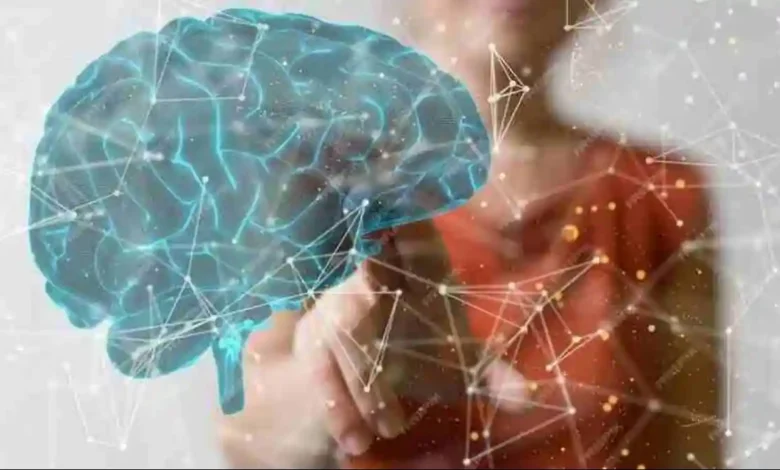Exploring the Benefits of Using clipart:ee-zgj_h1oc= brain-related Blog Articles.

Are you looking to boost the impact of your clipart:ee-zgj_h1oc= brain-related blog articles? Dive into the world of clipart and discover how these visual tools can elevate your content in ways you never imagined! From enhancing learning and retention to unleashing creative expression, clipart is a game-changer for bloggers seeking to captivate their audience. Join us on a journey as we explore the endless benefits of incorporating clipart into brain-related blog articles.
What is clipart? clipart:ee-zgj_h1oc= brain
Clipart is a collection of pre-made images or graphics that can be easily inserted into digital documents. These images come in various styles and themes, ranging from simple icons to elaborate illustrations. Clipart serves as a quick and convenient way to add visual appeal to your content without the need for artistic skills or expensive design software.
Whether you’re working on a presentation, blog post, or social media graphic, clipart offers a vast library of visuals at your fingertips. With just a few clicks, you can enhance your message and engage your audience with eye-catching imagery. clipart:ee-zgj_h1oc= brain Plus, clipart allows for customization options like resizing, color changes, and combining multiple elements to suit your specific needs.
In today’s fast-paced digital age, where attention spans are short, and competition is fierce, incorporating clipart into your content strategy can give you the edge you need to stand out and make an impact.
The History and Evolution of Clipart
Clipart has a rich history that dates back to the early days of printing. In the late 1800s, clip art was used in newspapers and magazines as simple illustrations to accompany text. clipart:ee-zgj_h1oc= brain These images were often hand-drawn or engraved, adding visual interest to the printed page.
As technology advanced, clipart evolved along with it. With the rise of computers in the 1980s, clip art became digitalized and more accessible. Graphic designers created libraries of pre-made images that users could easily insert into their documents or presentations.
The internet further revolutionized clipart by making it readily available online for free or through subscription services. Today, countless websites offer a wide array of high-quality clip art for various purposes, including brain-related blog articles.
Incorporating clipart into your content not only enhances its visual appeal but also helps convey complex ideas more simply and engagingly.
How Clipart Benefits Brain-related Blog Articles
In the world of brain-related blog articles, incorporating clipart can significantly enhance the overall reader experience. clipart:ee-zgj_h1oc= brain Clipart provides a visual representation of complex concepts and ideas, making them easier to understand and digest. When it comes to topics like neuroscience or psychology, visuals can simplify intricate theories and make them more accessible to a wider audience.
The use of clipart in brain-related articles not only improves comprehension but also aids in memory retention. Visual stimuli have been proven to boost engagement and help readers retain information better compared to text-only content. By integrating relevant clipart into your blog posts, you can create a more immersive learning experience for your audience.
Furthermore, clipart allows bloggers to convey abstract concepts effectively using visual metaphors. These images can evoke emotions, spark curiosity, and stimulate critical thinking among readers. Whether showcasing the intricacies of brain functions or illustrating psychological phenomena, clipart adds depth and creativity to your content.
Incorporating clipart into clipart:ee-zgj_h1oc= brain -related blog articles enhances the overall quality of your content by engaging readers visually while simplifying complex ideas for better understanding.
The Impact of Visuals on Learning and Retention
Visuals play a crucial role in enhancing learning and retention. Incorporating clipart in clipart:ee-zgj_h1oc= brain-related blog articles can help readers grasp complex concepts more easily. Visual elements engage different parts of the brain, making information more memorable.
Research shows that visuals can improve comprehension by up to 400%. Images and graphics stimulate the brain’s cognitive processes, aiding in information processing and recall. By using clipart strategically, bloggers can create a visually appealing experience for their audience.
Moreover, visual metaphors have a profound impact on conveying abstract ideas effectively. They provide context and aid in connecting new knowledge with existing mental frameworks. This not only enhances understanding but also boosts long-term memory retention.
Incorporating clipart into clipart:ee-zgj_h1oc= brain -related blog articles is a powerful tool for enhancing engagement and improving content effectiveness. It adds an element of creativity that captures readers’ attention and makes the material more relatable.
The Power of Visual Metaphors in Expressing Ideas
Visual metaphors are the secret sauce that adds flavor to your clipart:ee-zgj_h1oc= brain -related blog articles; just like how a picture speaks a thousand words, a well-chosen visual metaphor can convey complex ideas in an instant. Imagine comparing the intricate workings of the brain to a bustling city – suddenly, the concept becomes more relatable and easier for readers to grasp.
By using visual metaphors, you can evoke emotions and spark connections within your audience’s minds. A simple image of gears turning may symbolize thought processes or problem-solving skills, creating a lasting impression on your readers. The power of visual metaphors lies in their ability to transcend language barriers and communicate universally understood concepts without saying a word.
When selecting visual metaphors for your blog articles, think outside the box and choose images that resonate with your content’s message. Whether it’s comparing neural pathways to winding roads or neurotransmitters to electrical circuits, let creativity be your guide in visually expressing abstract ideas through familiar imagery.
Incorporating visual metaphors into your clipart:ee-zgj_h1oc= brain articles not only enhances comprehension but also engages readers on a deeper level. So next time you’re crafting that neuroscience piece, don’t underestimate the impact of a well-placed visual metaphor – it might just be the key to unlocking new perspectives for your audience.
Tips for Incorporating Clipart in clipart:ee-zgj_h1oc= brain
When incorporating clipart in brain-related blog articles, it’s essential to choose visuals that complement and enhance the content. Select a clipart that is relevant to the topic being discussed to engage readers visually and help reinforce key concepts.
Consider using simple and clear images that are easy to understand at a glance. Complex or cluttered visuals can distract from the main message of your article. Keep in mind that less is often more when it comes to using clipart effectively.
To maintain a cohesive look throughout your article, try sticking to a consistent color scheme or style for your clipart. This can help tie together different sections of your blog post and create visual continuity for your readers.
Remember the placement of your clipart within the article. Strategically placing visuals near relevant text can draw attention to important points and guide readers through the content seamlessly.
Experiment with different types of clipart, such as icons, illustrations, or infographics, to see what conveys information best in your clipart:ee-zgj_h1oc= brain -related blog articles. Play around with sizes and placements until you find a balance that enhances rather than overwhelms your written content.
Best Resources for Finding Clipart
When it comes to finding the best clipart for brain-related blog articles, several resources are available online that can help enhance your content. One popular option is websites dedicated specifically to providing a wide range of clipart images suitable for various topics, including neuroscience and psychology.
Platforms like Shutterstock, Adobe Stock, and iStock offer extensive libraries of high-quality clipart that you can easily incorporate into your articles. These sites often have search filters that allow you to find relevant images quickly based on keywords related to the brain or mental health.
Another great resource is free stock image websites such as Unsplash and Pixabay, where you can discover a plethora of visually appealing clipart at no cost. These platforms are perfect for bloggers looking to add visual elements without breaking the bank.
For those who prefer more customizable options, graphic design tools like Canva and Vectr provide users with the ability to create unique clipart designs tailored specifically for their brain-related content. Whether you’re seeking illustrations of neurons or creative representations of memory concepts, these tools offer endless possibilities for enhancing your blog posts with engaging visuals.
Conclusion
Incorporating clipart in clipart:ee-zgj_h1oc= brain can enhance the visual appeal, engagement, and retention of information for readers. By leveraging the power of visuals and visual metaphors, bloggers can effectively convey complex ideas and concepts in a way that is easily understood and remembered by their audience.
Remember to choose a clipart that complements your content, aligns with your brand identity, and enhances the overall reading experience. Utilize resources like online libraries, graphic design tools, or commissioned artists to find high-quality clipart that suits your needs.
So go ahead and start incorporating clipart into your brain-related blog articles today to elevate your content!

